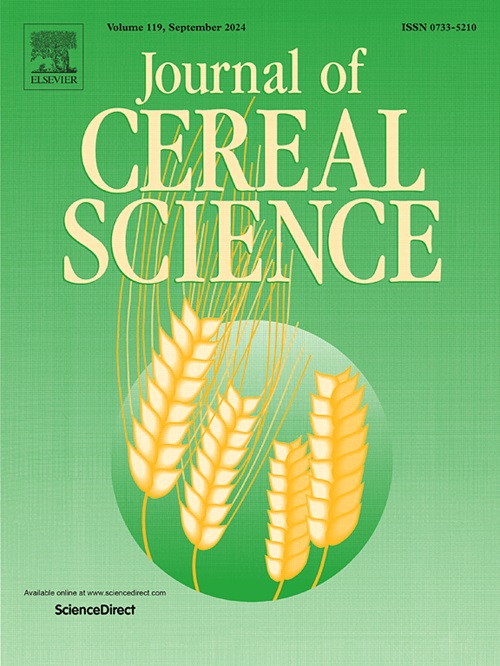Evaluation of Chenopodium quinoa (Willdenow) malting parameters on the quality of a red Ale craft beer supplemented with Pilsen base malt and caramel malt
IF 3.9
2区 农林科学
Q2 FOOD SCIENCE & TECHNOLOGY
引用次数: 0
Abstract
Craft beer brewing is not a straightforward process as there are key parameters that must be meticulously optimized to obtain a highly acceptable product. This research presents the malting conditions of Chenopodium quinoa and its supplementation with Pilsen base malt and Caramel malt in the production of a craft beer. Here, the effect of the malting temperature of C. quinoa during the soaking (16 and 25 °C), germination (16 and 25 °C), and drying (50 and 60 °C) stages was evaluated. Parameters such as reducing sugars, alcohol content, bitterness, color, pH, foaming capacity, and stability were determined. Moreover, the acceptability of the best formulation was assessed by means of a Hedonic scale. The results suggest that the treatment with soaking temperature at 16 °C, germination at 25 °C, and drying at 60 °C, during malting of C. quinoa, resulted in a craft beer with good parameters and acceptability, making it a promising formulation for industrial development.

评估藜麦麦芽加工参数对添加比尔森基本麦芽和焦糖麦芽的红艾尔精酿啤酒品质的影响
精酿啤酒的酿造过程并不简单,因为必须对一些关键参数进行细致的优化,才能获得可接受度极高的产品。本研究介绍了藜麦的发芽条件及其在精酿啤酒生产中与比尔森基础麦芽和焦糖麦芽的互补作用。研究评估了藜麦在浸泡(16 和 25 °C)、发芽(16 和 25 °C)和干燥(50 和 60 °C)阶段的发芽温度的影响。确定了还原糖、酒精含量、苦味、颜色、pH 值、发泡能力和稳定性等参数。此外,还通过赫多克量表评估了最佳配方的可接受性。结果表明,在藜麦的发芽过程中,浸泡温度为 16 °C、发芽温度为 25 °C、干燥温度为 60 °C,可生产出具有良好参数和可接受性的精酿啤酒,使其成为一种具有工业发展前景的配方。
本文章由计算机程序翻译,如有差异,请以英文原文为准。
求助全文
约1分钟内获得全文
求助全文
来源期刊

Journal of Cereal Science
工程技术-食品科技
CiteScore
7.80
自引率
2.60%
发文量
163
审稿时长
38 days
期刊介绍:
The Journal of Cereal Science was established in 1983 to provide an International forum for the publication of original research papers of high standing covering all aspects of cereal science related to the functional and nutritional quality of cereal grains (true cereals - members of the Poaceae family and starchy pseudocereals - members of the Amaranthaceae, Chenopodiaceae and Polygonaceae families) and their products, in relation to the cereals used. The journal also publishes concise and critical review articles appraising the status and future directions of specific areas of cereal science and short communications that present news of important advances in research. The journal aims at topicality and at providing comprehensive coverage of progress in the field.
 求助内容:
求助内容: 应助结果提醒方式:
应助结果提醒方式:


